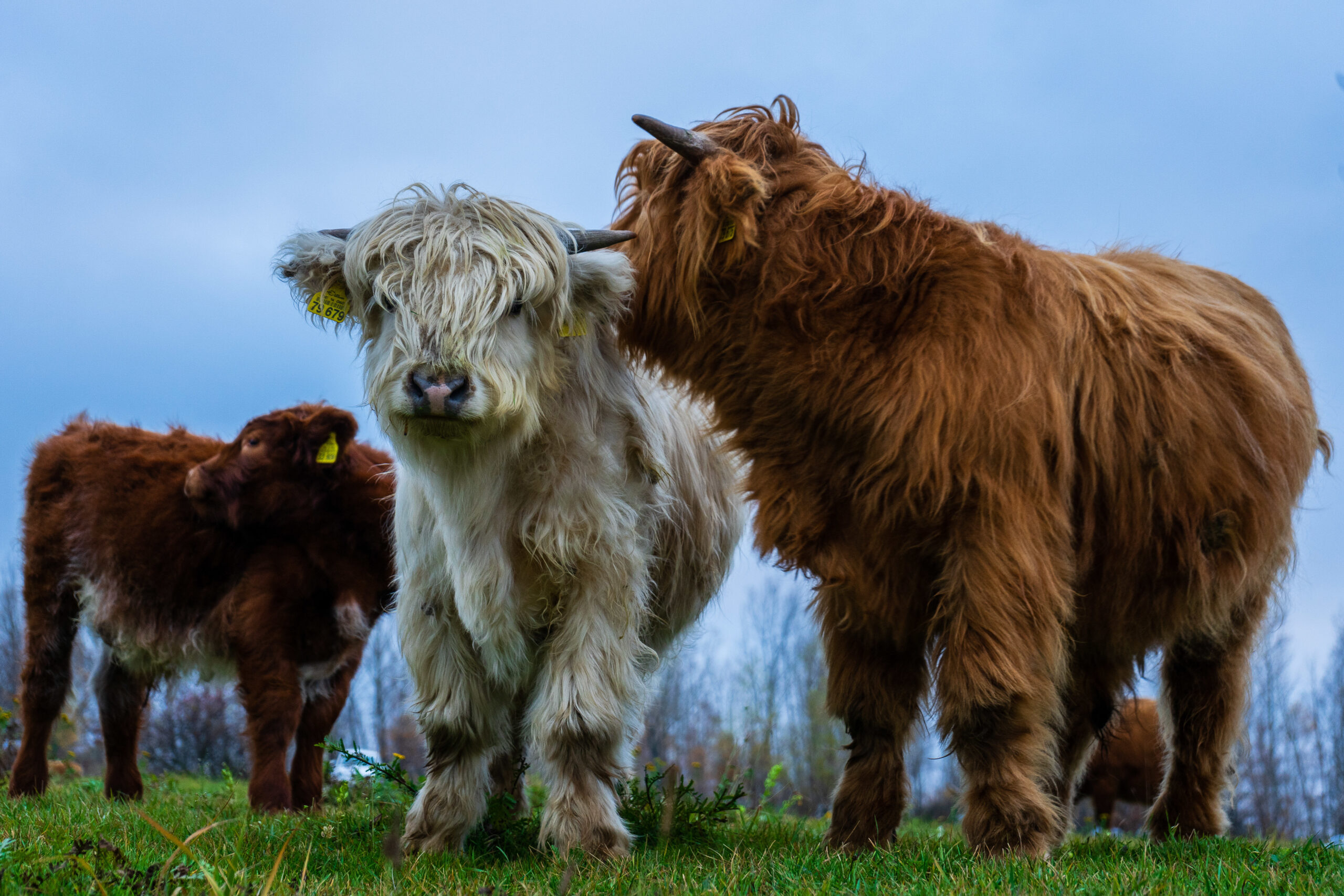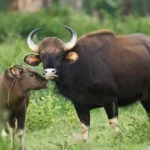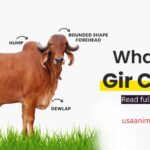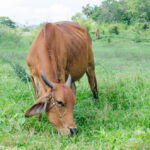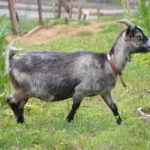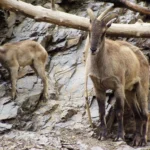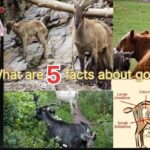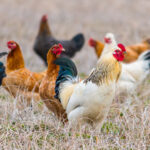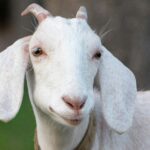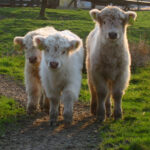| Weight:- | Male:-average: 650 kg | Female:-average: 450 kg |
| Height:- | Male:-average: 125 cm | Female:-average: 105 cm |
| Coat:- | Both Male &Female:-red-brown, yellow, | pale/silver, dun/brindle, black |
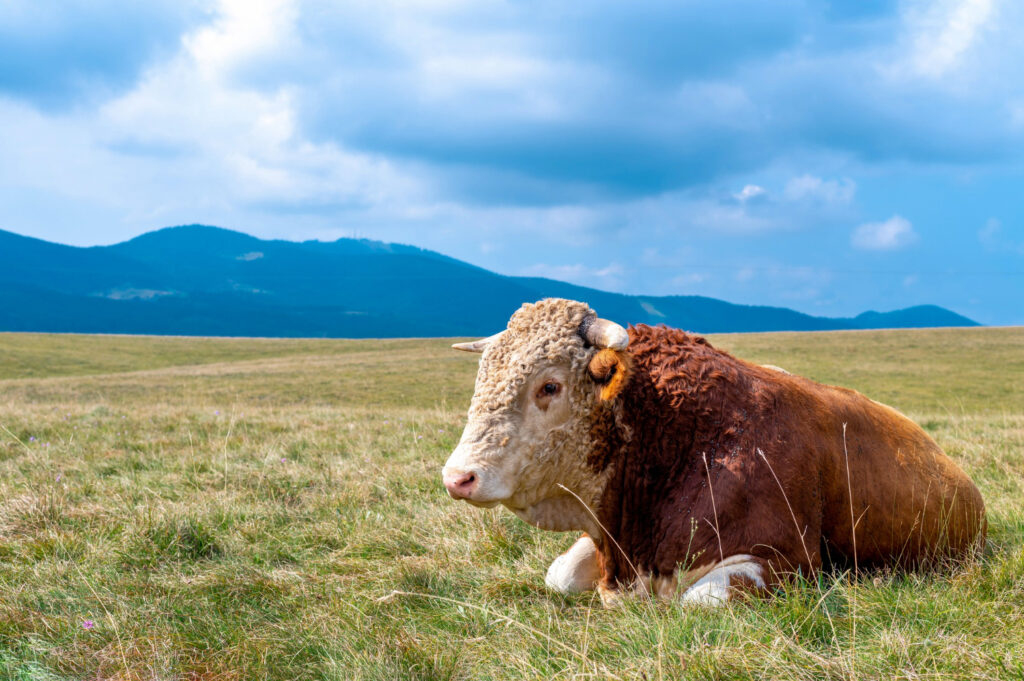
History of Highland cows:
Highland cows, with their distinctive shaggy coats and majestic horns, have captivated the hearts of people around the world. Originating from the rugged terrain of the Scottish Highlands, these iconic creatures boast a rich history dating back centuries. Historically, Highland cattle played a crucial role in the livelihoods of Highlanders, serving as a source of sustenance and a symbol of resilience in the harsh Scottish landscape. Over time, they evolved to withstand the challenging conditions of their environment, shaping their unique characteristics and making them a beloved breed cherished by many.
Characteristics of Highland cows:
One of the most striking features of Highland cows is their long, flowing coats, which provide insulation against the harsh weather conditions prevalent in the Highlands. Their shaggy appearance not only adds to their charm but also serves a practical purpose, keeping them warm during the cold winters. Additionally, Highland cattle are renowned for their impressive horns, which can span several feet in length and come in various shapes and sizes. These horns not only contribute to their distinctive appearance but also play a role in regulating body temperature and defending against predators.
In terms of size, Highland cows are considered a medium to large breed, with bulls weighing up to 1,800 pounds and cows reaching weights of around 1,100 pounds. Despite their robust build, they are known for their gentle disposition and docile nature, making them popular among farmers and enthusiasts alike.
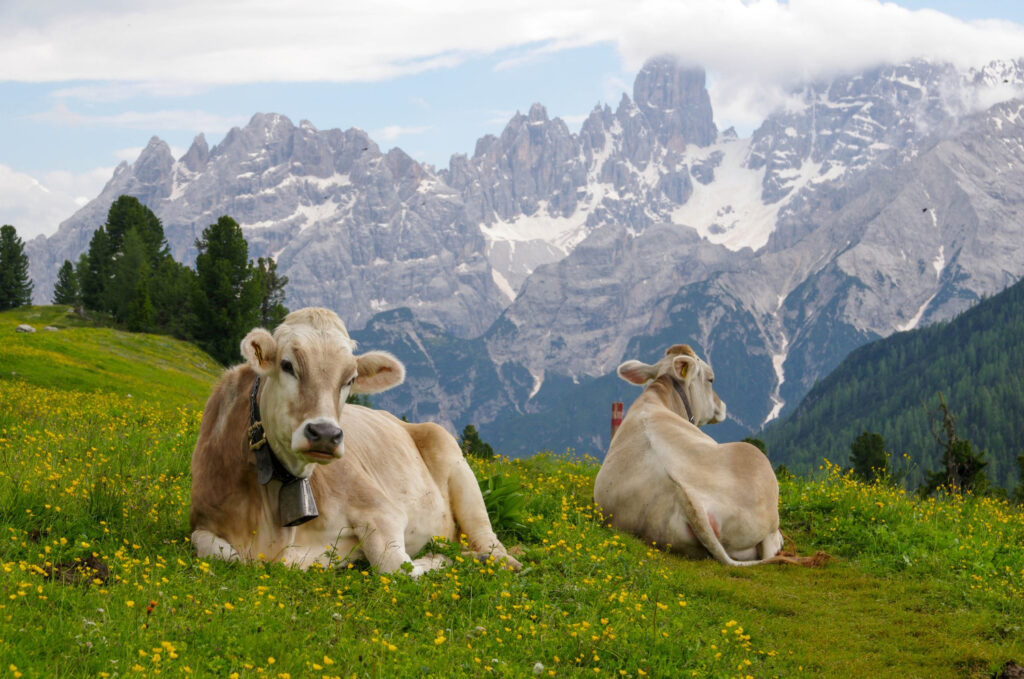
Cold Tolerance of Highland cows:
One of the most remarkable aspects of Highland cows is their exceptional cold tolerance. Adapted to thrive in the harsh climate of the Scottish Highlands, these hardy creatures have developed thick, double-layered coats that provide insulation against freezing temperatures and biting winds. Their long, coarse outer hair repels moisture, while the soft, downy undercoat traps heat close to the body, ensuring they stay warm even in the most adverse conditions. This remarkable adaptation has enabled Highland cattle to survive and flourish in regions where other breeds would struggle to endure.
Social Behaviour of Highland cows:
Highland cows are known for their strong social bonds and hierarchical structure within herds. They exhibit complex social behaviors, forming tight-knit family groups led by a dominant cow. Within these groups, individuals communicate through vocalizations, body language, and grooming rituals, fostering a sense of cohesion and cooperation. Despite their hierarchical nature, Highland cattle are generally peaceful animals, preferring to avoid conflict whenever possible. Their calm demeanor and gentle disposition make them well-suited to communal living, whether in the wild or on farms where they often graze alongside other livestock.
Use of Highland cows:
While Highland cattle were originally bred for their utility as working animals and a source of meat, they have also gained popularity for their ornamental value and unique aesthetic appeal. In addition to their role in traditional agriculture, they are increasingly being kept as pets, conservation grazers, and attractions at tourist destinations. Their distinctive appearance and gentle temperament make them well-suited to various roles beyond traditional farming, contributing to their widespread appeal and continued relevance in modern times.
See Also:
- Scottish Highland Cattle Society
- Cattle Breeds: Highland
References:
- Alderson, L. (2003). “Highland Cattle: A Breed Apart.” Whittet Books.
- Ruvinsky, A., & Garrick, D. (Eds.). (2004). “The Genetics of Cattle.” CABI Publishing.
- “Highland Cattle.” Oklahoma State University – Breeds of Livestock.
- “The Scottish Highland Cattle Society.”
In conclusion, Highland cows stand as a testament to the resilience and adaptability of livestock breeds. From their humble origins in the rugged terrain of the Scottish Highlands to their status as beloved icons of agricultural heritage, these magnificent creatures continue to captivate and inspire people around the world. With their unique characteristics, remarkable cold tolerance, and gentle demeanor, Highland cattle represent a living connection to history and a symbol of the enduring bond between humans and animals.
QNA?
1.Q: What distinguishes Highland cows from other cattle breeds ?
A: Highland cows are renowned for their distinctive appearance, characterized by long, shaggy coats and impressive horns. Their unique combination of hardiness, cold tolerance, and gentle temperament sets them apart from other cattle breeds.
2.Q: How do Highland cows adapt to cold weather?
A: Highland cows have evolved to thrive in harsh climates, thanks to their thick, double-layered coats. The outer layer repels moisture, while the soft undercoat traps heat close to the body, ensuring warmth even in freezing temperatures.
3.Q: Are Highland cows suitable for small farms or homesteads?
A: Yes, Highland cows are well-suited to small-scale farming operations due to their manageable size, low maintenance requirements, and gentle disposition. They are efficient grazers and can thrive on rough terrain, making them an excellent choice for sustainable agriculture practices.
4.Q: What role do Highland cows play in conservation grazing?
A: Highland cows are increasingly used for conservation grazing due to their ability to thrive in diverse ecosystems. Their browsing habits help maintain biodiversity by controlling invasive plant species and promoting the growth of native vegetation, making them valuable contributors to habitat restoration efforts.
5.Q: Are Highland cows good mothers?
A: Yes, Highland cows are known for their maternal instincts and attentive care of their calves. They typically calve without assistance and exhibit protective behavior towards their offspring, ensuring their health and well-being from birth to weaning.
6.Q: How long do Highland cows typically live?
A: Highland cows have a lifespan similar to other cattle breeds, averaging around 15-20 years with proper care and management. Their longevity is attributed to their hardy constitution and natural resilience to disease and environmental stressors.
7.Q: Do Highland cows require special care or handling?
A: While Highland cows are generally low-maintenance animals, they do benefit from regular grooming to keep their coats free of tangles and debris. Additionally, providing adequate shelter and access to clean water and nutritious forage is essential for their health and well-being.
